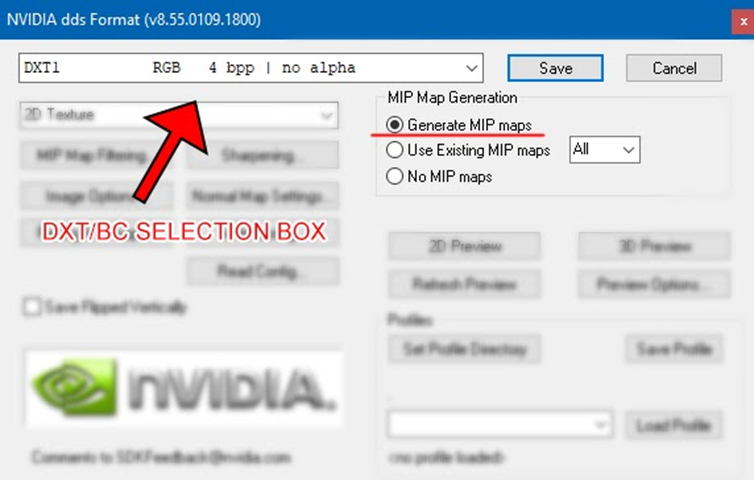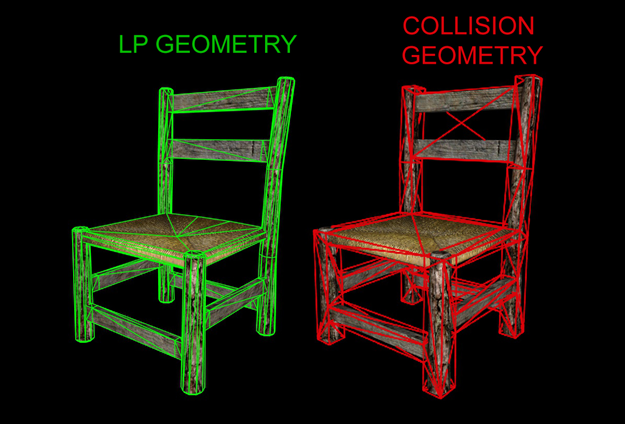Arcane University:Intro to Asset Implementation
Asset implementation is bringing a modelled and textured 3D model into the game. But before we can get into the how, we must first understand the what.
Contents
Terminology
What is a Nif?
In the simplest terms, NIF is the file format a 3D model must be to appear in Skyrim. You can compare it to an .obj or .fbx, except it stores much more information. You can learn more about NIFs in their dedicated article.
What is a DDS?
Similarly, DDS is the 2D image file format required for textures to appear in Skyrim. It's usually converted from .png or .tga files. Learn more about it in its dedicated article.
What is a CK record?
CK, or Creation Kit, is the program that allows us to alter Skyrim, such as adding new places, assets and quests. A Creation Kit record is stored information that the game refers to in order to know exactly what it needs to do.
For asset implementation, CK records make up a library of assets available to use in game, that level designers or implementers pick from when building levels or assigning rewards to a quest (and more).
Regarding Assets
This guide assumes you have already exported mesh maps and that your low poly model is complete. This guide is for absolute beginners, and will only cover the essentials.
Different types of assets (such as armor or furniture) may add another step or require a different program. There are even different ways to implement the same type of asset, and it's mostly up to personal preference.
Clutter Workflow
The general clutter workflow is: Convert textures to DDS, convert mesh to NIF, set correct properties in NifSkope and lastly, create a Creation Kit record.
Skyrim Substance Filter
 The programs you need depend on whether or not you've used the Custom Skyrim Shader for Substance Painter, as it combines the maps for you.
The programs you need depend on whether or not you've used the Custom Skyrim Shader for Substance Painter, as it combines the maps for you.
If you've used the filter, you only need to install Cathedral Assets Optimizer (CAO) then skip straight to 'Converting to DDS'.
No Filter
![]() If you've not used a filter, you'll need a program to manually combine maps, such as GIMP or Photoshop. The program must have an Alpha Channel (transparency support).
If you've not used a filter, you'll need a program to manually combine maps, such as GIMP or Photoshop. The program must have an Alpha Channel (transparency support).
You'll also need a tool to convert the combined maps into DDS. See a list of programs on our DDS wiki page.
 The easiest option is to use GIMP as it allows you to combine and export without downloading additional tools - but it also produces the lowest image quality, and does not export DXT10 (more on DXT10 later.)
The easiest option is to use GIMP as it allows you to combine and export without downloading additional tools - but it also produces the lowest image quality, and does not export DXT10 (more on DXT10 later.)
 However, if you have Photoshop, the free and downloadable NVIDIA Texture Tools plugin produces great results. (old versions do not support DXT10)
However, if you have Photoshop, the free and downloadable NVIDIA Texture Tools plugin produces great results. (old versions do not support DXT10)
Manually Combining Maps
A guide on how to manually combine maps is written on the AU's DDS wiki page. In the end you'll end up with a minimum of two maps: the Diffuse and Normal.
Converting to DDS
- In both GIMP and Photoshop (w/ plugin), you start by clicking "Save As (Copy)..." and selecting dds in the list.
- In CAO, navigate to the Texture tab.
Regardless what program you use, in the export settings you may come across several options and boxes. You only have to worry about two:
- You must choose between several DXT (also called style="color:#9900ff">BC</span>) alternatives in a drop down box. It can look confusing, but never fear!
For most situations you’ll need to consider only two: DXT1 and DXT5 (Skyrim LE), or DXT1 and DXT10 (for SSE). Find out which to use on the DDS wiki page. - Always generate mipmaps.
And there you go. Congratulations, the first step is complete!
Convert to Nif
There's several programs you can use to convert your mesh to NIF. For clutter items there's mainly two: CK-CMD and Niftools Blender Plugin.
CK-CMD is a standalone command prompt tool that turns any FBX into NIF. Once CK-CMD is set up, it's arguably the easiest to use of the two.
Blender Plugin is integrated with Blender, which is nice, however there's the chance it might break when Blender rolls out major updates.
Attach Collision
All clutter must have a collision, as a collision is what makes an object solid. The collision should usually be lower poly than the asset itself.
There are different ways to attach a collision, and you can do it with CK-CMD, Niftools, or in Nifskope itself. The type of collision your asset needs will differ, so read about collisions in the article and about different types of clutter.

